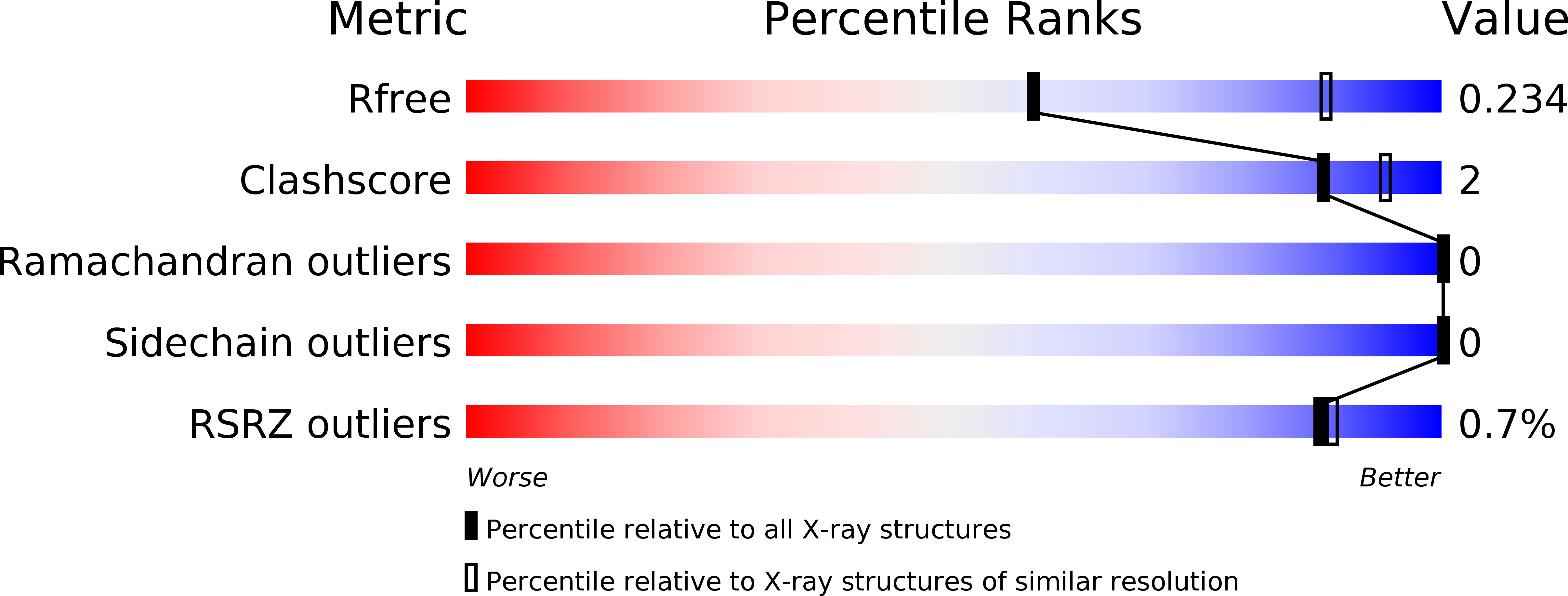
Deposition Date
2017-12-01
Release Date
2018-08-08
Last Version Date
2024-11-20
Entry Detail
PDB ID:
6F5M
Keywords:
Title:
Crystal structure of highly glycosylated human leukocyte elastase in complex with a thiazolidinedione inhibitor
Biological Source:
Source Organism:
Homo sapiens (Taxon ID: 9606)
Method Details:
Experimental Method:
Resolution:
2.70 Å
R-Value Free:
0.23
R-Value Work:
0.17
R-Value Observed:
0.18
Space Group:
H 3 2


